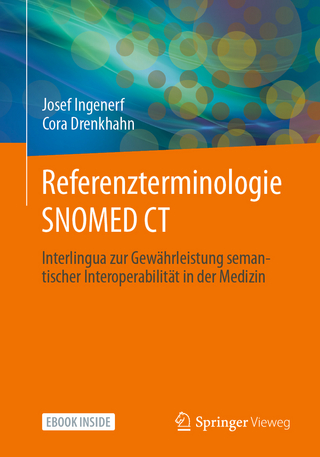
Communication Complexity (for Algorithm Designers)
Seiten
2016
now publishers Inc (Verlag)
978-1-68083-114-6 (ISBN)
now publishers Inc (Verlag)
978-1-68083-114-6 (ISBN)
The two primary goals of the text are to learn several canonical problems in communication complexity that are useful for proving lower bounds for algorithms (Disjointness, Index, Gap-Hamming, and so on); and to learn how to reduce lower bounds for fundamental algorithmic problems to communication complexity lower bounds.
Communication Complexity (for Algorithm Designers) collects the lecture notes from the author's eponymous course taught at Stanford in the winter quarter of 2015. The two primary goals of the text are: (1) Learn several canonical problems in communication complexity that are useful for proving lower bounds for algorithms (Disjointness, Index, Gap-Hamming, and so on). (2) Learn how to reduce lower bounds for fundamental algorithmic problems to communication complexity lower bounds.
Along the way, readers will also get exposure to a lot of cool computational models and some famous results about them - data streams and linear sketches, compressive sensing, space-query time trade-offs in data structures, sublinear-time algorithms, and the extension complexity of linear programs. Readers are assumed to be familiar with undergraduate-level algorithms, as well as the statements of standard large deviation inequalities (Markov, Chebyshev, and Chernoff- Hoeffding).
Communication Complexity (for Algorithm Designers) collects the lecture notes from the author's eponymous course taught at Stanford in the winter quarter of 2015. The two primary goals of the text are: (1) Learn several canonical problems in communication complexity that are useful for proving lower bounds for algorithms (Disjointness, Index, Gap-Hamming, and so on). (2) Learn how to reduce lower bounds for fundamental algorithmic problems to communication complexity lower bounds.
Along the way, readers will also get exposure to a lot of cool computational models and some famous results about them - data streams and linear sketches, compressive sensing, space-query time trade-offs in data structures, sublinear-time algorithms, and the extension complexity of linear programs. Readers are assumed to be familiar with undergraduate-level algorithms, as well as the statements of standard large deviation inequalities (Markov, Chebyshev, and Chernoff- Hoeffding).
Preface
1: Data Streams: Algorithms and Lower Bounds
2: Lower Bounds for One Way Communication: Disjointness, Index, and Gap-Hamming
3: Lower Bounds for Compressive Sensing
4: Boot Camp on Communication Complexity
5: Lower Bounds for the Extension Complexity of Polytopes
6: Lower Bounds for Data Structures
7: Lower Bounds in Algorithmic Game Theory
8: Lower Bounds in Property Testing
References
| Erscheinungsdatum | 27.05.2016 |
|---|---|
| Reihe/Serie | Foundations and Trends® in Theoretical Computer Science |
| Verlagsort | Hanover |
| Sprache | englisch |
| Maße | 156 x 234 mm |
| Gewicht | 297 g |
| Themenwelt | Informatik ► Theorie / Studium ► Algorithmen |
| ISBN-10 | 1-68083-114-3 / 1680831143 |
| ISBN-13 | 978-1-68083-114-6 / 9781680831146 |
| Zustand | Neuware |
| Haben Sie eine Frage zum Produkt? |
Mehr entdecken
aus dem Bereich
aus dem Bereich
Buch | Softcover (2024)
Lehmanns Media (Verlag)
39,99 €
IT zum Anfassen für alle von 9 bis 99 – vom Navi bis Social Media
Buch | Softcover (2021)
Springer (Verlag)
29,99 €
Interlingua zur Gewährleistung semantischer Interoperabilität in der …
Buch | Softcover (2023)
Springer Fachmedien (Verlag)
32,99 €


